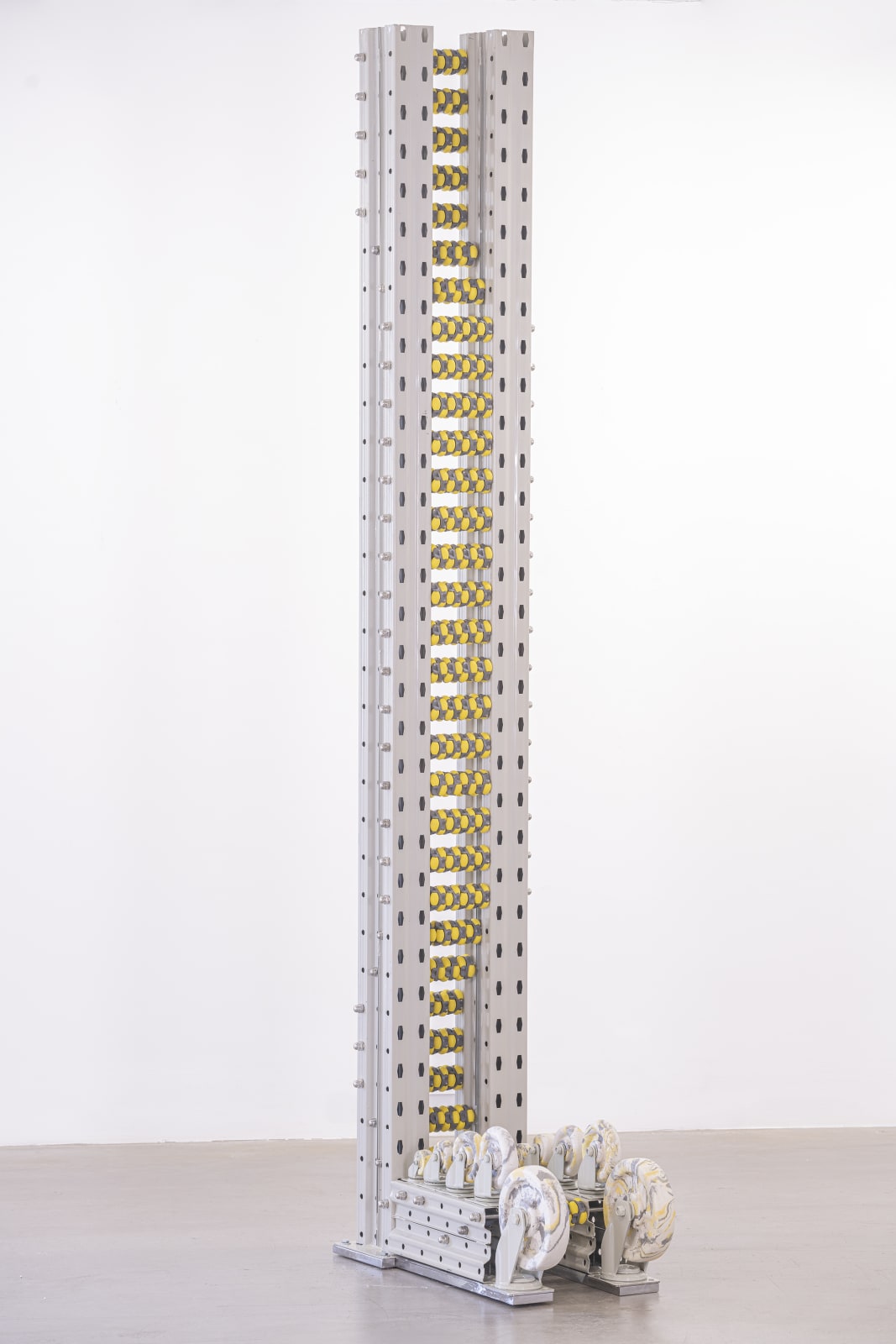Leelee Chan 陳麗同
CAPSULE 胶囊
1st Floor, Building 16, Anfu Lu 275 Nong, Xuhui District, Shanghai, China – 200031
Tuesday to Saturday, 10am - 6pm
Sunday, Monday and national holidays closed
BY APPOINTMENT ONLY
PH 座机 : +86 021 64170700
EMAIL 邮箱: info@capsuleshanghai.com
中国上海徐汇区安福路 275 弄 16 号 1 楼- 200031
周二至周六,10:00 - 18:00
周日、周一及法定假日关闭
仅限预约观展


Facebook, opens in a new tab.
Twitter, opens in a new tab.
Instagram, opens in a new tab.
Send an email
Vimeo, opens in a new tab.
Copyright © 2025 Capsule
This website uses cookies
This site uses cookies to help make it more useful to you. Please contact us to find out more about our Cookie Policy.



